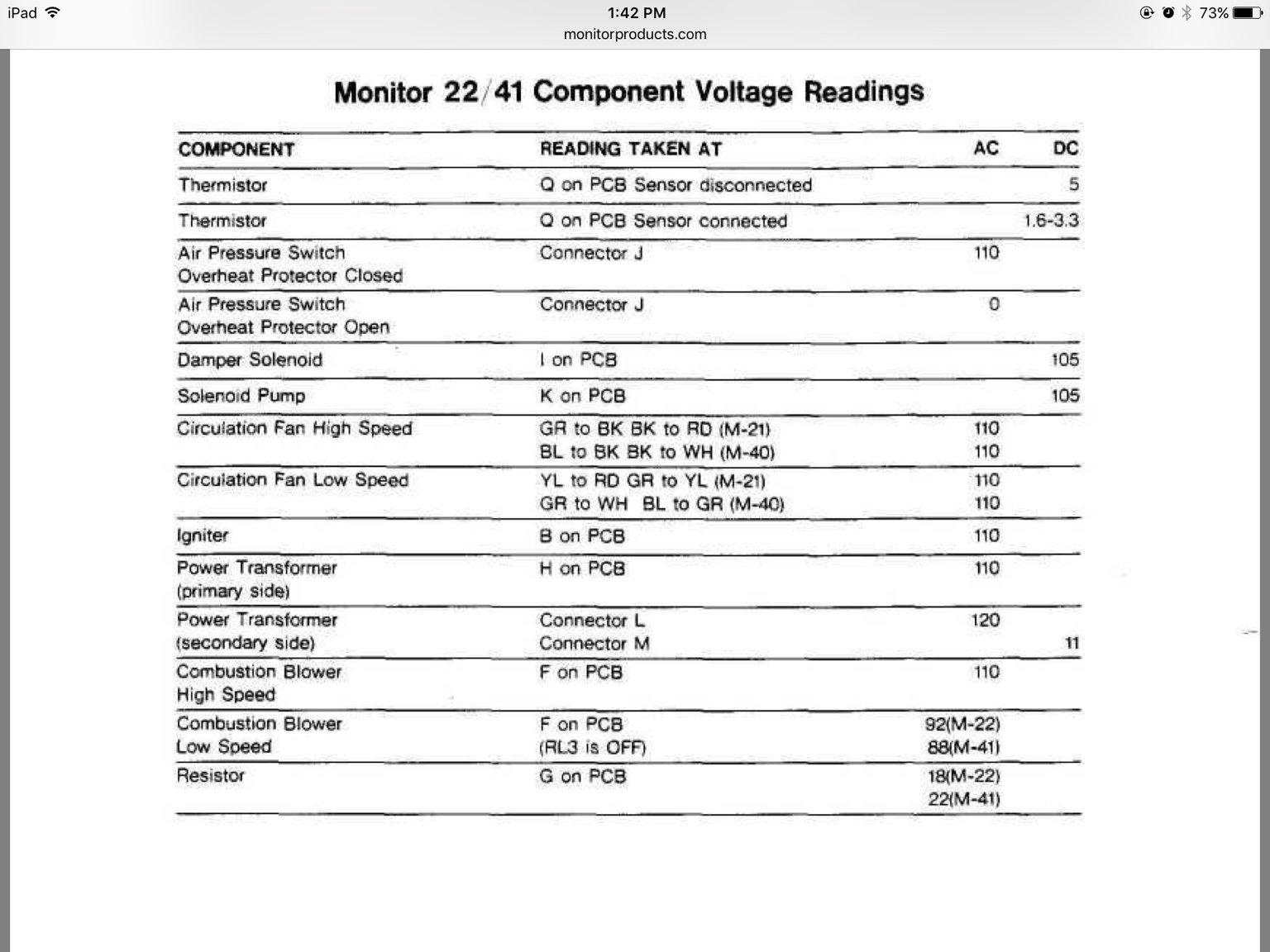TopRamen
SA-5
- Joined
- Aug 9, 2013
- Messages
- 9,955
- Reaction score
- 111
I took an electric fan motor from an old kerosene heater, and because it has four wires coming out of it, I am not sure how to safely wire it up, that I may use it to run the small scale foam lathe I'm assembling.
Each wire has continuity with the rest.
The model # is: Shinano Kenshi Co., LTD model IB-844-175
I did my googling and whatnot, and even went to the MFG. website, but was unable to find the information I need.
When the motor was in the now unusable heater, it ran at two speeds, and given the option, I would like to be able to use it like that on my foam lathe. This is only for the small scale version, so after I put the pulleys on it, it will not be under a heavy load at all.
I assume I cannot simply run my wall outlet into a dimmable lightswitch that is wired to the motor, but even if it is that simple, which wires are which? I am assuming the black is a Ground, but this is not familiar territory for me, as I'm used to using things like compressor motors that are already wired in an obvious manner and can hook right up to a three prong plug. It says that it is "Continuous Impedance Protected", but all that means is:
"A motor that relies solely upon the impedance of the windings to prevent overheating.
Tests for an impedance protected motor include winding resistance, input (no-load and locked rotor), 72 hour locked rotor temperature test, dielectric, 15 day locked rotor endurance test and dielectric. Three samples of each motor are required for testing."
Thanks in advance for any advice, and I don't "HAVE" to use this motor, but it ran the fan plenty good enough back when the heater was in use, so I know it does work, and it is right here in the box of pieces parts for tinkering with, so it is quite convenient if I can get it running.

Each wire has continuity with the rest.
The model # is: Shinano Kenshi Co., LTD model IB-844-175
I did my googling and whatnot, and even went to the MFG. website, but was unable to find the information I need.
When the motor was in the now unusable heater, it ran at two speeds, and given the option, I would like to be able to use it like that on my foam lathe. This is only for the small scale version, so after I put the pulleys on it, it will not be under a heavy load at all.
I assume I cannot simply run my wall outlet into a dimmable lightswitch that is wired to the motor, but even if it is that simple, which wires are which? I am assuming the black is a Ground, but this is not familiar territory for me, as I'm used to using things like compressor motors that are already wired in an obvious manner and can hook right up to a three prong plug. It says that it is "Continuous Impedance Protected", but all that means is:
"A motor that relies solely upon the impedance of the windings to prevent overheating.
Tests for an impedance protected motor include winding resistance, input (no-load and locked rotor), 72 hour locked rotor temperature test, dielectric, 15 day locked rotor endurance test and dielectric. Three samples of each motor are required for testing."
Thanks in advance for any advice, and I don't "HAVE" to use this motor, but it ran the fan plenty good enough back when the heater was in use, so I know it does work, and it is right here in the box of pieces parts for tinkering with, so it is quite convenient if I can get it running.

Last edited:








